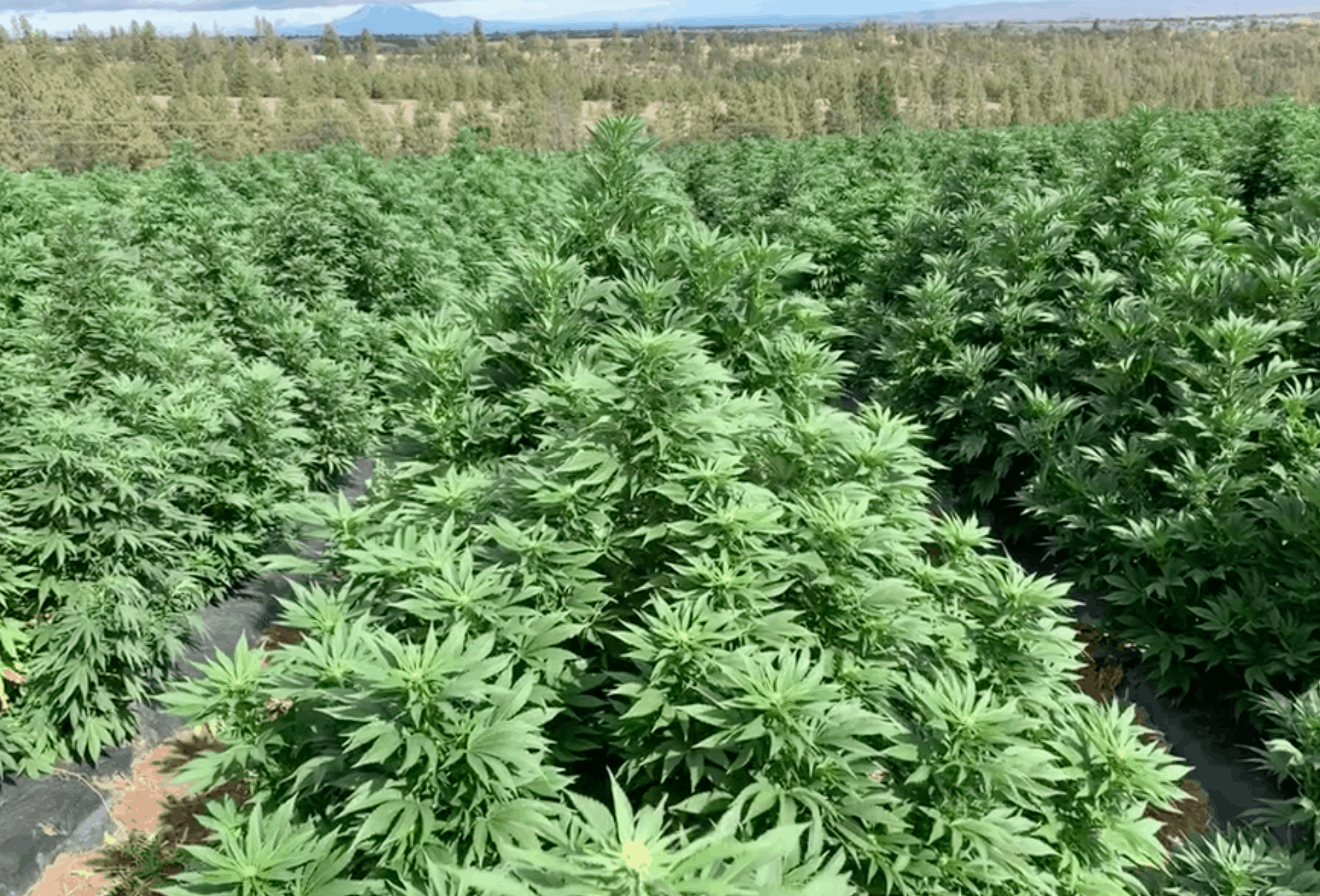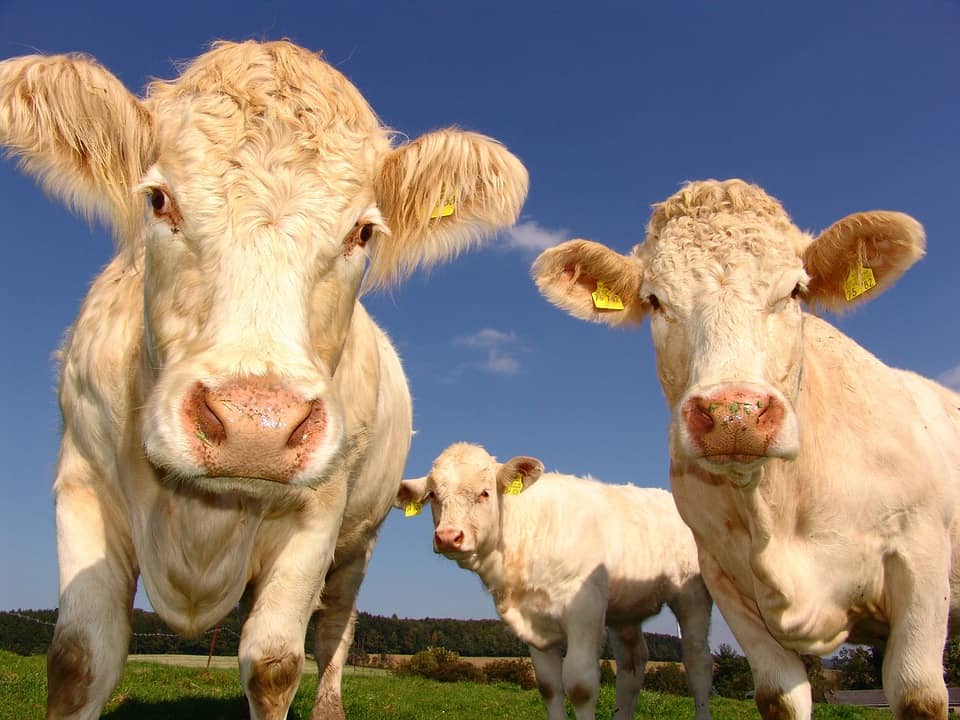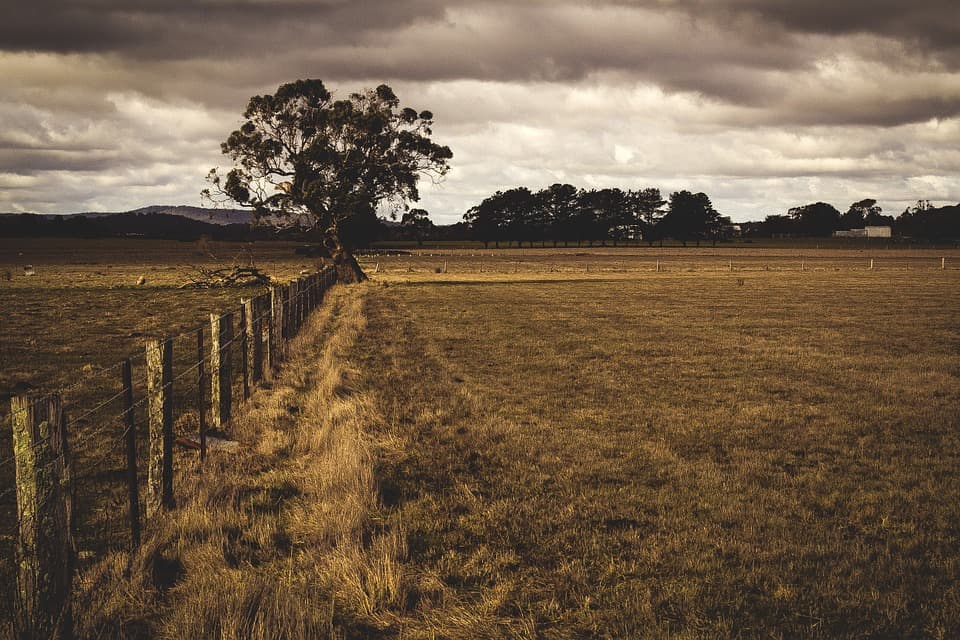Question:
I grow alfalfa in the high desert of Oregon in Christmas Valley. Looking for information on amounts of Chicken Soup for the Soil® to apply and how often? Do you have farmers using chicken soup on alfalfa? We have a compost tea machine, but have not used it for years.
Answer:
“Christmas valley soils are typical high desert. If they have high magnesium and potassium they probably also have high sodium and low calcium and with the high ph they probably have their phosphorus tying up the calcium. One other problem that occurs under these conditions is Molybdenum accumulates in alfalfa. Molybdenum suppresses copper so livestock fed this hay will need to have copper monitored and probably added to their salt licks.
It is important to increase their carbon and increase their trace minerals available by increasing microbial activity in the soil. That is precisely what Chicken soup was designed to do. I would suggest 30 gallons per acre preseason and 30 gallons after each cutting. That will start increasing carbon, biological activity and balancing of the cations (calcium, magnesium, potassium and sodium) their soils will then become more porous and hold more water.
Their are lots of other things that can be done that are all budget dependent. Also since they have a compost maker it would make sense to to ferment their chicken soup compost tea. All they have to do is add one quart of chicken soup to five gallons of water (3 gallons per 50 gallons of water), inoculate with some good topsoil or other beneficial, microbes, keep it as warm as possible and run in their compost maker. Should be ready to spray or inject through their pivots in 3 days. They will love what happens to their soil, yields and quality.
Thanks, Jim Zamzow”
Answer Continued…
Firstly, my suggestion is to do the 30 gallons preplant and 30 gallons after each cutting as a base and that, by itself, will give them return on investment. If a person is trying to get by as inexpensively as possible then they can go an alternate route. Ferment our product in their brewer and use much less of our product with good results. So much is dependent on what the tied up store of nutrients in their soil is. Usually in low rainfall areas their is a buildup (and imbalance) of cations and a complexing of Phosphorous with the calcium. Once they get the biology in the soil working this will all change and the nutrients will release and become available(this takes time).
So they can do the 30 gallon base or they can do the ferment and inject through their irrigation at whatever level they like, probably five to ten gallons of actual product per acre, or they can do both or any combination thereof. That would be the best way to go, budget permitting. Remember even if they put down one gallon per acre they will get benefit.



